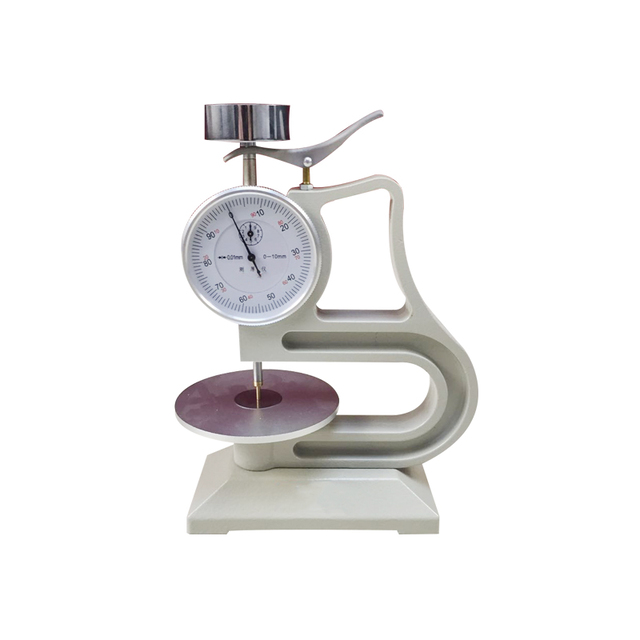ultraviolet irradiation polyolefin crosslinking equipment
Ultraviolet Irradiation Polyolefin Crosslinking Equipment
Ultraviolet (UV) irradiation technology has become an innovative and efficient method for the crosslinking of polyolefins, which are widely used in various applications ranging from packaging materials to automotive components. The growing demand for materials with enhanced durability, chemical resistance, and thermal stability has driven advancements in crosslinking technologies. This article explores the principles of UV irradiation crosslinking, the equipment involved, and its applications in the polyolefin industry.
Understanding Crosslinking
Crosslinking refers to the process of chemically bonding polymer chains together to form a three-dimensional network. This structural modification enhances the physical and chemical properties of the material, improving its strength, resistance to solvents, and thermal stability. Polyolefins, such as polyethylene (PE) and polypropylene (PP), are among the most commonly crosslinked polymers due to their versatility and favorable properties.
Traditionally, crosslinking of polyolefins was achieved through chemical methods, such as using peroxide or other reactive agents. However, these methods can often lead to undesirable side reactions, longer processing times, and more complex handling requirements. In contrast, UV irradiation crosslinking offers a more efficient and environmentally friendly alternative.
The UV Irradiation Process
The UV irradiation process involves exposing polyolefin materials to ultraviolet light, which induces a photochemical reaction that promotes crosslinking. The process can be broken down into several key steps
1. Preparation The polyolefin substrate is pre-treated or coated with a photo-initiator, a compound that absorbs UV light and generates free radicals upon exposure. 2. Irradiation The material is then exposed to a UV light source. Commonly used UV lamps emit light at specific wavelengths, typically in the range of 200-400 nm, which is effective in triggering the photochemical reactions needed for crosslinking.
3. Crosslinking Reaction The generated free radicals react with the polymer chains, initiating the crosslinking process. This reaction can occur in seconds to minutes, drastically reducing processing time compared to traditional methods.
4. Curing Finally, the irradiated material undergoes a curing process where the crosslinks stabilize, providing the final desired properties.
Advantages of UV Irradiation Crosslinking
The use of UV irradiation for polyolefin crosslinking presents several advantages
- Speed and Efficiency The UV process can significantly reduce curing times, allowing for faster production cycles
.ultraviolet irradiation polyolefin crosslinking equipment

- Environmental Friendliness UV crosslinking typically requires fewer solvents and produces less waste compared to traditional methods. Additionally, UV-curable formulations can have lower emissions of volatile organic compounds (VOCs).
- Precision and Control The intensity and wavelength of UV light can be finely controlled, allowing for precise manipulation of the crosslinking process to achieve specific material properties.
- Versatility UV irradiation can be applied to a variety of polyolefin materials and is compatible with other coatings and additives, expanding its applicability.
Equipment Used in UV Irradiation Crosslinking
The main components of UV irradiation polyolefin crosslinking equipment include
- UV Light Source Typically high-pressure mercury lamps, LEDs, or xenon flash lamps, which emit the necessary UV radiation to initiate crosslinking.
- Conveyor Systems For continuous processing, conveyor systems allow for the seamless travel of materials through the UV chamber.
- Control Systems Advanced monitoring and control systems help maintain optimal irradiation conditions, including exposure time, intensity, and wavelength combination.
- Safety Features Given the potential hazards associated with UV radiation, equipment often includes built-in safety features, such as UV shields and interlocks, to protect operators.
Applications in Industry
The UV irradiation crosslinking technology has found numerous applications across various industries. In the automotive sector, it is used to enhance the properties of components such as fuel lines and wire insulations. In packaging, UV crosslinked films provide better barrier properties and improved mechanical strength, which extends the shelf life of perishable goods. The technology is also making strides in the medical field, where crosslinked polyolefins are utilized in durable and safe medical devices.
In conclusion, UV irradiation crosslinking is a transformative technology that enhances the performance of polyolefins, driven by the need for speed, efficiency, and sustainability in manufacturing. As industries continue to evolve, the role of modern crosslinking equipment in enhancing material properties will be ever more critical.
-
Why the Conductor Resistance Constant Temperature Measurement Machine Redefines Precision
NewsJun.20,2025
-
Reliable Testing Starts Here: Why the High Insulation Resistance Measuring Instrument Is a Must-Have
NewsJun.20,2025
-
Flexible Cable Flexing Test Equipment: The Precision Standard for Cable Durability and Performance Testing
NewsJun.20,2025
-
Digital Measurement Projector: Precision Visualization for Modern Manufacturing
NewsJun.20,2025
-
Computer Control Electronic Tensile Tester: Precision and Power for the Modern Metal Industry
NewsJun.20,2025
-
Cable Spark Tester: Your Ultimate Insulation Assurance for Wire and Cable Testing
NewsJun.20,2025
 Copyright © 2025 Hebei Fangyuan Instrument & Equipment Co.,Ltd. All Rights Reserved. Sitemap | Privacy Policy
Copyright © 2025 Hebei Fangyuan Instrument & Equipment Co.,Ltd. All Rights Reserved. Sitemap | Privacy Policy
